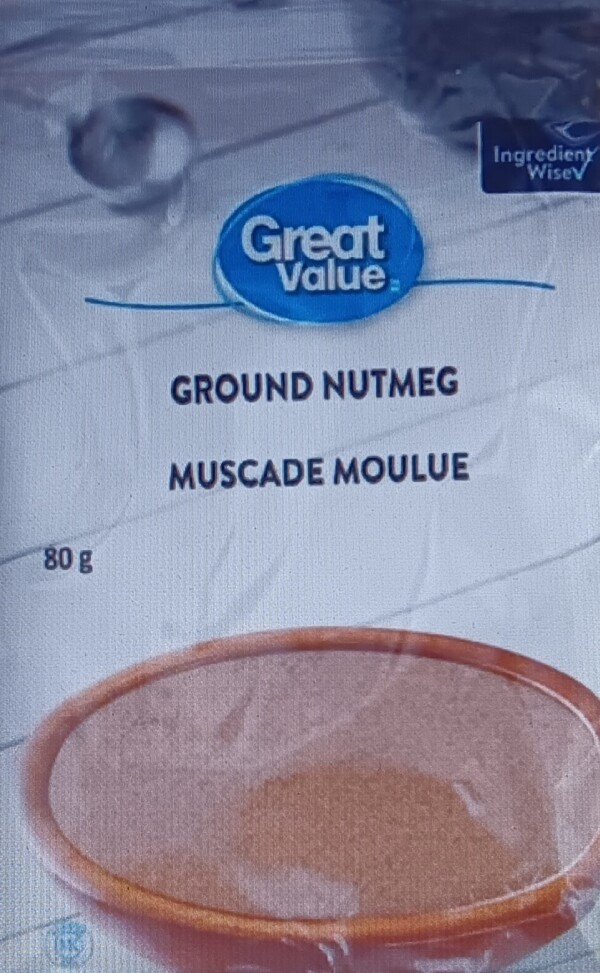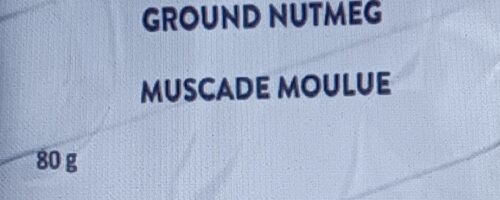
Banda Islands, Indonesia
How is it produced?
Nutmeg production, primarily based in Indonesia, involves several stages from cultivation to post-harvest handling. Nutmeg is native to Indonesia’s Maluku Islands and is valued for its warm flavor. The nutmeg fruit consists of the flesh, the nutmeg seed, and mace, all of which are valuable. Nutmeg trees thrive in tropical climates, typically starting fruit production after seven years and continuing for around 70 years, yielding 2,000 to 3,000 fruits annually (Real Food Encyclopedia). In Indonesia, smallholder farmers, who often use traditional methods, account for the majority of nutmeg production.
Traditional farming practices often lead to low productivity and quality due to uncertified seeds, unstandardized methods, and lack of fertilization (Rochdiani et al., 2025). Harvesting in Indonesia occurs from June to August, after which the nuts and mace are separated and dried to prevent contamination. Proper drying and storage are crucial to avoid fungal growth and aflatoxin contamination, which can hinder exports. Nutmeg and mace can be further processed into nutmeg oil, while the fruit flesh is used in local products like jams and candies.
Describe the supply chain to the store shelf in Canada:
The nutmeg supply chain, focusing on Indonesia, as documented by Sukarman (2021), involves several stages from local farmers to international consumers. Farmers cultivate the nutmeg and after harvesting it, the nutmeg goes through village collector traders and wholesalers, who handle processing, sorting, and distribution (p. 226). Refiners may then process nutmeg into oil for the food and pharmaceutical industries. Exporters ensure the product meets international standards, including laboratory tests for aflatoxin levels, before shipping to major markets like China, the United States, and Europe.
Walmart advertises that they get their spices for sale in Canada, including nutmeg, from a Quebec company, Altius, which is a middle production company, they import raw goods, blend, mix, or otherwise prepare the goods to supply to Walmart for direct sale to consumers.
What is the power balance between the producer and seller?
The nutmeg supply chain in Indonesia, the largest producer and exporter, is imbalanced, favoring traders, wholesalers, and exporters over smallholder farmers. This disparity arises from farmers’ reliance on traditional, low-productivity methods, limited access to market information, and financial constraints. Most nutmeg cultivation is done by smallholders who lack access to certified seeds, modern technology, and essential services, leading to low yields and quality. They often lack information on global prices and quality requirements, forcing them to accept prices offered by village collectors. Financial limitations also push farmers to sell prematurely, affecting product quality and increasing the risk of contamination, which can lead to export rejections.
Sellers, including traders, wholesalers, and exporters, control market access, information, and processing. Wholesalers provide access to external markets and possess crucial information on prices and quality standards. Exporters have direct contracts with international buyers and ensure compliance with regulatory requirements. These actors also manage processing, quality control, storage, and price speculation, further solidifying their market control. The absence of clear local policies allows traders to exert unilateral control, diminishing farmers’ bargaining power and profitability, creating an environment where farmers are disadvantaged while traders thrive.
Can you recommend changes to the system to improve the balance?
To enhance the power balance for nutmeg producers, several interventions are crucial. These include improving productivity and quality through Good Management Practices and technology, ensuring proper drying and storage, and addressing issues like uncertified seeds and poor cultivation practices (Sukarman, 2021, p. 225). Additionally, farmers need better access to global price information, market situations, and customer feedback to increase their bargaining power and awareness of export quality requirements.
Developing nutmeg-based enterprises focused on value-added products, strengthening regulations and governance to prevent market control by traders, and improving logistics and infrastructure, particularly rural roads and inter-island transportation would all be positive interventions by government (Sukarman, 2021, p. 226). Diversifying export markets, promoting branding for Indonesian nutmeg, and increasing public and private support through financial services and training are also essential. These changes aim to create a more equitable and efficient nutmeg value chain, improving farmers’ livelihoods and Indonesia’s global competitiveness.
References/Resources:
Real Food Encyclopedia. (n.d.). Nutmeg and Mace. FoodPrint. Retrieved August 25, 2025, from https://foodprint.org/real-food/nutmeg-and-mace/
Rochdiani, D., Wardhana, D., Deliana, Y., Suminartika, E., Wiyono, S. & Suardi, T. (2025). Competitiveness of Indonesia’s nutmeg in global market. Open Agriculture, 10(1), 20220404. https://doi.org/10.1515/opag-2022-0404
Sukarman, L.D., (2021). Nutmeg value chain in Indonesia. Australasian Agribusiness Perspectives. 23(15), 221-325. https://bpb-ap-se2.wpmucdn.com/blog.une.edu.au/dist/4/1340/files/2021/11/AAP-Vol-24-Paper-15-Sukarman.pdf

